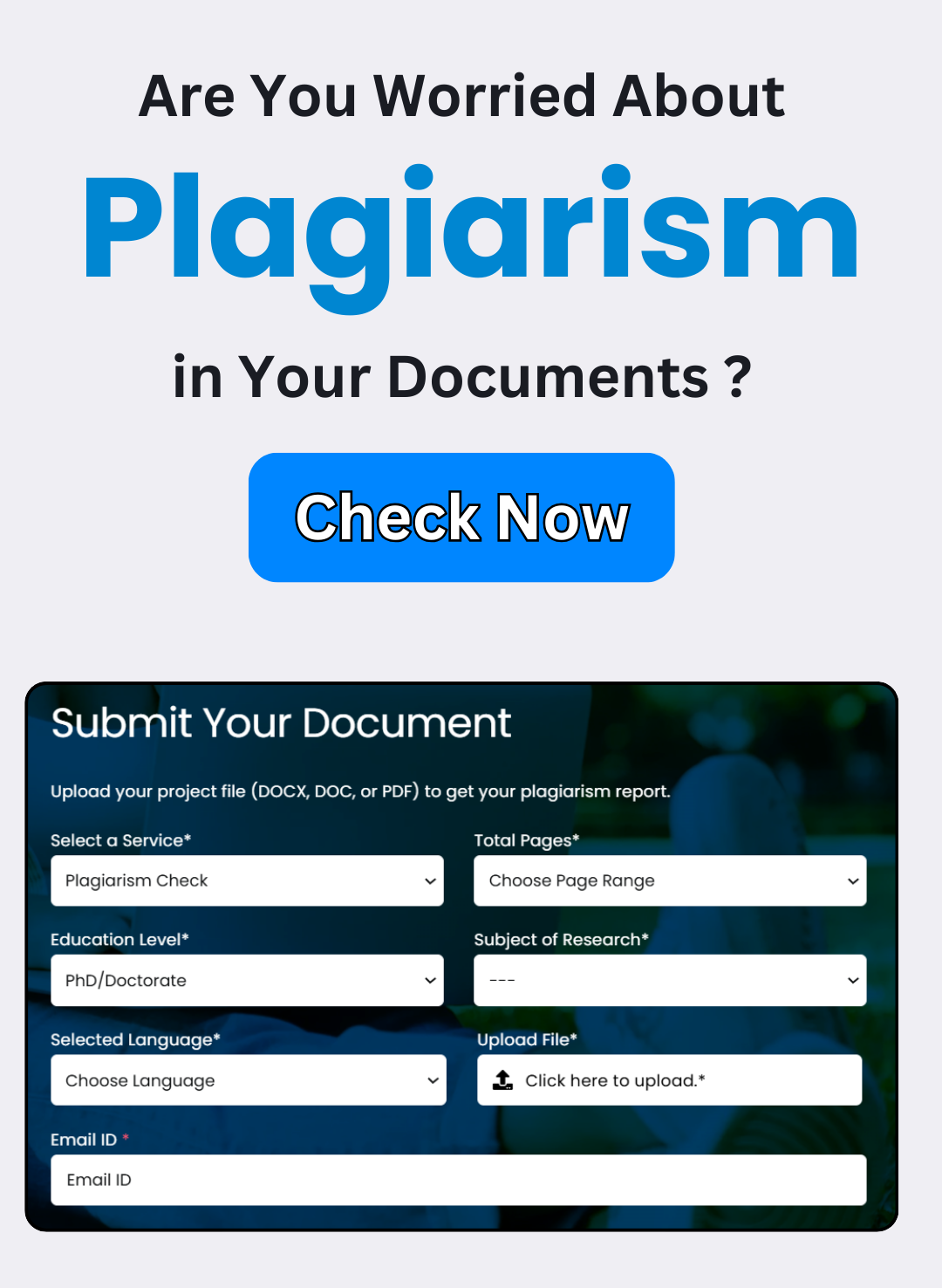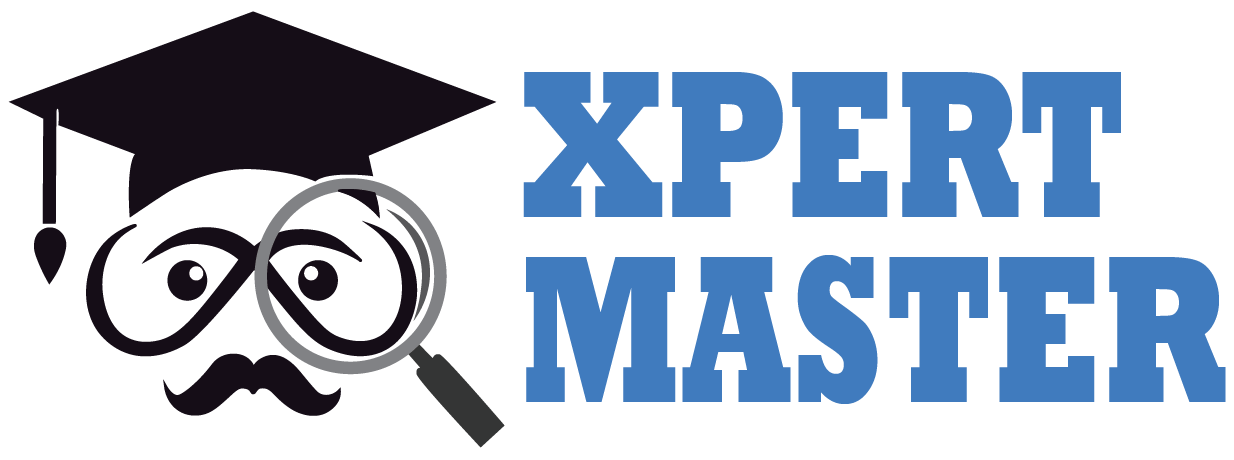How to Write a Strong Literature Review: Simple Tips & Tricks
Writing a Literature Review: Tips and Tricks
A literature review is a foundational part of any research project. It helps you understand the existing knowledge on your topic and highlights areas where your research can make a unique contribution. While the process of writing a literature review can be daunting, with the right approach, it becomes much more manageable. Here are some tips and tricks to help you write a thorough, well-organized, and impactful literature review.
1. Clarify Your Research Question
The first step in writing a literature review is defining a clear research question. This question will guide your search for relevant literature and ensure your review remains focused and aligned with your research goals. It’s essential that your research question is specific and clearly articulates the problem you intend to address. Keeping this question in mind throughout the review process will help you stay on track and ensure that the literature you examine is relevant to your topic.
2. Find Relevant Sources
Once you’ve defined your research question, the next step is gathering relevant sources. These could include primary research articles, books, conference proceedings, and even theses. To find these sources, you can search through academic databases, look at the reference lists of key papers, or reach out to experts in the field for recommendations. Make sure to collect a wide range of sources to give yourself a well-rounded understanding of the topic.
How to Identify Key Sources:
- Use academic databases like Google Scholar, JSTOR, or PubMed.
- Look for influential papers cited frequently in the field.
- Check the references of articles you find useful to discover more sources.
3. Read and Critically Analyze the Literature
After gathering your sources, it’s time to read them closely and critically. As you read, take notes on the main arguments, methodologies, and findings of each source. It’s also crucial to evaluate the quality of each study—look at the methods used, the sample size, and the strength of the conclusions. Are there any gaps in the research? Are there areas of disagreement between studies? Taking the time to analyze and assess each source ensures that you’ll be able to synthesize them effectively later on.
Tips for Critical Reading:
- Look beyond the findings—consider the research design, sample size, and methodology.
- Identify gaps or contradictions in the existing research.
- Stay organized by taking clear, detailed notes on each source.
4. Synthesize the Information
The next step is to organize and synthesize the information you’ve gathered. Rather than simply summarizing each source individually, try to group similar studies together by theme, methodology, or findings. This will allow you to draw connections between sources and identify patterns or discrepancies in the research. As you synthesize the information, be sure to highlight important trends, areas of consensus, and any gaps in knowledge that could be addressed by your own research.
Organizing Your Synthesis:
- Group sources by theme or topic.
- Create a narrative that ties together the key points from different studies.
- Highlight areas where the research is lacking or contradictory.
5. Write the Literature Review
With your analysis and synthesis complete, it’s time to begin writing the actual review. A well-structured literature review typically follows a clear format:
- Introduction – Introduce your research question and explain why it’s important.
- Main Body – Summarize the key findings from the literature, organized by theme or methodology.
- Discussion – Analyze the trends you identified, point out gaps, and discuss how your own research can contribute to the field.
- Conclusion – Summarize the current state of knowledge and reiterate the gaps your research will address.
When writing, aim for clarity and conciseness. Avoid using jargon, and try to present complex ideas in a straightforward, easily understandable way. The goal is to make your review accessible to both experts and those less familiar with the topic.
Key Writing Tips:
- Use subheadings to make the review easier to navigate.
- Keep paragraphs focused on a single theme or idea.
- Be objective—don’t just list studies, but analyze and compare them.
6. Edit and Proofread
After drafting your literature review, it’s essential to take the time to edit and proofread. Check for grammatical errors, unclear sentences, and inconsistencies in your arguments. Reading through the review multiple times will help catch mistakes you might have missed in the first draft. You might also want to ask a colleague or mentor to review your work—getting fresh feedback can highlight areas for improvement.
Editing Checklist:
- Ensure your review follows a logical structure.
- Remove any redundant or repetitive content.
- Check that all sources are cited correctly.
Conclusion
Writing a literature review is an important part of the research process that helps you position your work within the existing body of knowledge. By following the steps outlined above, you can create a thorough and well-organized review that not only summarizes the literature but also identifies gaps and lays the foundation for your own research. With careful planning, critical reading, and clear writing, you’ll be well on your way to completing an insightful literature review.
How Much Turnitin Plagiarism Is Accepted for Publishing a Book?
Introduction:
When it comes to publishing a […]
How to Submit Your Thesis Without Plagiarism: Our Turnitin Report Service in India
Introduction
Writing a thesis is one of […]
Why Turnitin Plagiarism Check is Essential for International Research Collaboration
Introduction
International research collaborations are becoming increasingly […]
How to Improve Your Turnitin Report Score for Research Papers in India
Introduction
For students and researchers in India, […]
The Role of Turnitin in Academic Research and Publication in India
Introduction
Academic research and publication are central […]
Is Your Thesis Plagiarism-Free? How Turnitin Reports Can Help Indian Students
Introduction
Writing a thesis is a monumental […]


